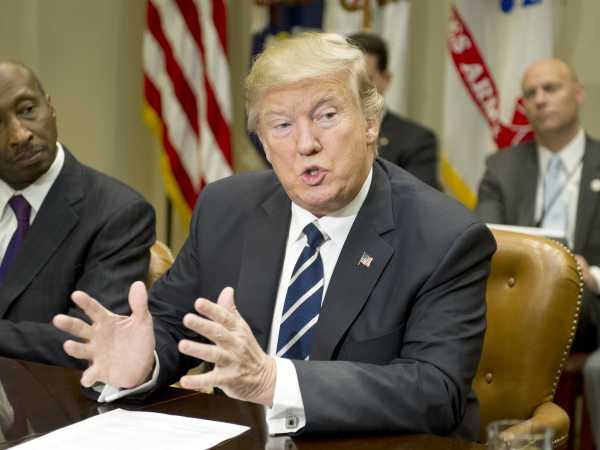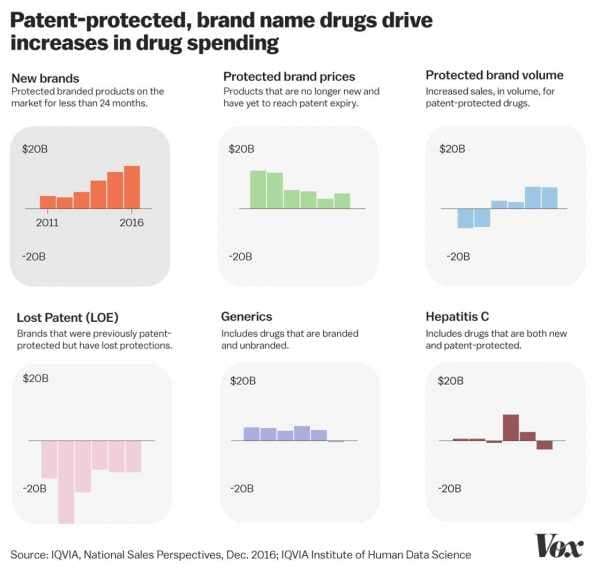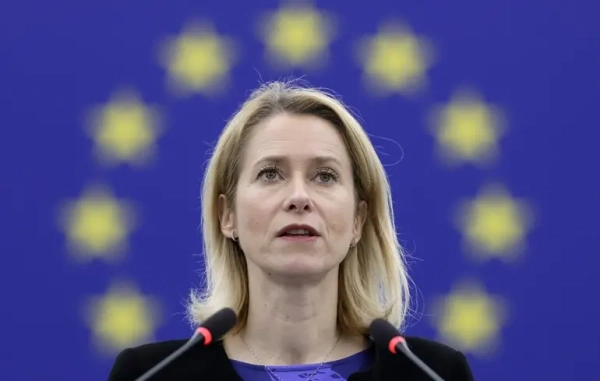
“We’re gonna see those prices go down. It’ll be a beautiful thing to watch,” President Donald Trump said in the Rose Garden on Friday. It’s a big promise. But the actual plan his administration put out doesn’t back it up. In fact, stocks for pharmaceutical companies soared after Trump’s remarks.
We’ll get to what the president actually offered in his much-anticipated speech on drug prices in a moment. But I wanted to start with some important context, which crystallized for me in recent conversations I have had about prescription drug costs.
vox-mark
VoxCare
Subscribe
By signing up, you agree to our Privacy Policy and European users agree to the data transfer policy.
For more newsletters, check out our newsletters page.
What you need to understand before you understand Trump’s drug pricing plan
There are, at the very least, two distinct issues when it comes to prescription drugs:
I think most of us might know that when we stop to think about it. But these two issues often end up conflated and confused in the dizzying debate about drug affordability. They are certainly interconnected, but they present distinct policy challenges.
I think when we talk about drug prices, we think we mean the first one but we’re actually talking about the second. That is, the high list prices that are set by drug makers draw most of the headlines and negative press, but prescription drugs are people’s top priority for Congress because they want to pay less money out of their pocket for medications.
The problem with drug costs is the way insurance benefits are designed nowadays, asking many patients to shoulder more of the costs of their health care, and in the other places along the supply chain: insurers and pharmacy benefits managers (PBM) negotiate discounts with drug makers and then keep a cut for themselves.
There are many steps along the road from a drug company setting a price for a medication to the actual price that a person pays for that drug.
So which problem are we actually trying to solve?
Those are real issues! They are problems worth fixing too. When one in four Americans say they can’t afford their medications, addressing problems in insurance benefits and the supply chain would help.
The more intractable problem is drug prices. They serve as the starting point for discounts and sometimes for the cost-sharing that patients face.
The way the system works: When drug companies debut a new medication, they are granted a monopoly for years on that drug. That gives them a lot of freedom to set whatever list price they want. They often don’t have to worry about competition for a long time.
We do have mechanisms to bring down the real costs from those list prices. We allow generic substitutes to be brought onto the market at a much lower price once enough time has passed, we mandate certain rebates for Medicare and Medicaid (and 340B), and health insurers and PBMs have negotiating power to extract deeper discounts from pharma.
But when you look at what drives the increases in drug spending, it’s the prices of the brand-name drugs that are protected by those monopolies.

“What this really is about is that we have no mechanism in place to restrain the prices for drugs that have no therapeutic substitute,” Rena Conti, a professor at the University of Chicago, told me. “That’s really where these discounts and rebates are not satisfying.”
We don’t really have tools to fix that. We can fiddle at the edges (make it easier to bring generics onto the market, etc.), but nobody is talking about changing this system. It exists for a reason — we want drug companies to have strong incentives to create new medicines — but that makes it all the more challenging to address as part of the drug pricing conversation.
This is what Trump’s plan does/doesn’t do
I think that is essential context to understand Trump’s drug pricing plan, such as it is. Because he is mostly talking about addressing drug costs, but not really drug prices. As Axios’s Sam Baker smartly put it Friday, this plan is mostly “focused on rearranging costs, rather than lowering them.”
With all that, here are the six most interesting proposals in Trump’s plan. It should be noted that the path forward for many of them is murky.
1. Potentially require drug makers to disclose list prices in advertisements
This is a good example of our limited ability to influence list prices. There is no real mechanism to reduce prices here.
”Let me put it this way: what’s the reason to think it would have a significant impact on pricing and spending? Shame? We’ve seen that it doesn’t work,” Rachel Sachs at Washington University in St. Louis told me.
It’s also not clear this could survive a First Amendment challenge.
2. Give private Medicare Part D plans more flexibility to negotiate discounts for certain generic and high-cost drugs without competitors
3. Allow certain Part D drugs to be priced differently based on different uses
4. Prohibit a current practice in Part D that stops pharmacists from telling patients when they would save money if they paid out of pocket instead of using their Part D plan
These are all of a kind: making incremental changes to Medicare Part D, the outpatient prescription-drug benefit, so that the health insurers that provide the benefit can negotiate bigger discounts and to make sure that patients themselves aren’t being forced to pay more than necessary.
Those are worthwhile causes. But as Sachs noted on Twitter, “saving money at the pharmacy” is not quite the same as “lower drug prices.”
5. Prevent gaming and remove barriers to getting generics and biosimilars to market
6. Undertake some vaguely defined changes to US trade policy to try to address the disparity between what the US pays for drugs and what other countries pay
These two fall under the “competition” rubric in my mind. But otherwise, they are quite different. Making sure generics (and their equivalent in the biologics space, biosimilars) can get to market as soon as possible does help lower costs for patients — once a brand-name drug’s monopoly has ended, that is.
As for Trump’s strenuous promises that he will “end the freeloading” of other countries, it’s not at all clear what he means or whether that would have any positive effect on US drug prices, as Craig Garthwaite pointed out on Twitter.
In summary, according to Sachs:
“The administration is proposing to take very few actions that would impact pharmaceutical companies’ bottom lines. Many of the actions they have proposed are repeats of those they’ve presented on other occasions, and even those actions still appear to be far in the future.”
This story appears in VoxCare, a newsletter from Vox on the latest twists and turns in America’s health care debate. Sign up to get VoxCare in your inbox along with more health care stats and news.
Join the conversation
Are you interested in more discussions around health care policy? Join our Facebook community for conversation and updates.
Sourse: vox.com






